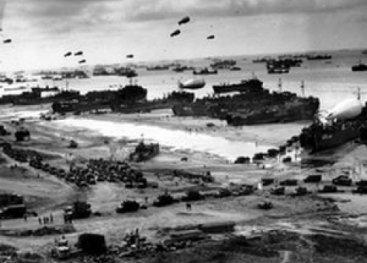
After the war
United Nations
In June 1945, fifty countries formed the United Nations in order to prevent the outbreak of another world war. They drew up a charter and in 1948 they formulated a long list of human rights. The Netherlands followed this up by adding the principle of equality to the country's constitution as article 1. World War Two commemorations went hand in hand with appeals for peace and for the recognition of human rights all over the world.
History of the war
Interest in the occupation period increased after 1960. The younger generation in particular were beginning to ask questions: How could the persecution of the Jews ever take place? How 'goed' [good, non-collaborating] were the Dutch? Collaborators and war criminals were exposed. Criticism began to surface concerning the attitudes of various authorities and institutions. The Second World War remains a topic right to this day.
Museums and monuments
The emergence of small right wing groups during the eighties of the 20th century caused a great deal of concern. Many members of the resistance, now retired, decided to tell the young about their experiences during the Second World War in order to point to the dangers of discrimination and racism. They also initiated the creation of monuments and museums. The Dutch Resistance Museum in Amsterdam is one of them.


